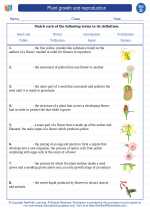Cotton
Cotton is a soft, fluffy staple fiber that grows in a boll, or protective case, around the seeds of the cotton plants of the genus Gossypium in the mallow family Malvaceae. The fiber is almost pure cellulose. The botanical purpose of cotton fiber is to aid in seed dispersal.
History of Cotton
Cotton has been used for clothing and textiles for thousands of years. The use of cotton can be traced back to ancient times in India, Egypt, and the Americas. It played a significant role in the economy of the United States before the Civil War, and remains an important crop in many parts of the world today.
Cultivation of Cotton
Cotton is a tropical and subtropical plant that requires a long growing season, plenty of sunshine, and moderate rainfall. It is typically grown in warm climates and requires well-drained soil. The cotton plant undergoes several stages of growth before the fibers are ready for harvest.
Uses of Cotton
Cotton is used to make a variety of products, including clothing, bed linens, towels, and medical supplies. It is also used in the production of nonwoven fabrics for items such as diapers and wipes. Additionally, cottonseed oil is extracted from the seeds and used in cooking and for industrial purposes.
Environmental Impact
The cultivation of cotton can have significant environmental impacts, including the use of pesticides, water consumption, and soil degradation. Sustainable practices, such as organic cotton farming and water-efficient irrigation techniques, are being implemented to reduce the environmental footprint of cotton production.
Study Guide
- What is the botanical purpose of cotton fiber?
- Where can the use of cotton be traced back to?
- What are the ideal growing conditions for cotton?
- What are some products made from cotton?
- What are some of the environmental impacts of cotton cultivation?
Feel free to use this study guide to test your knowledge about cotton!
.◂Science Worksheets and Study Guides Fourth Grade. Plant growth and reproduction
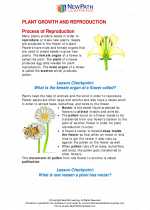
 Worksheet/Answer key
Worksheet/Answer key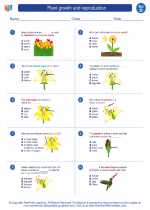
 Worksheet/Answer key
Worksheet/Answer key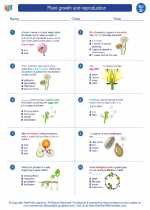
 Worksheet/Answer key
Worksheet/Answer key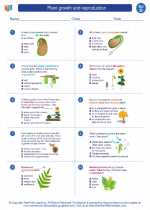
 Vocabulary/Answer key
Vocabulary/Answer key
 Vocabulary/Answer key
Vocabulary/Answer key